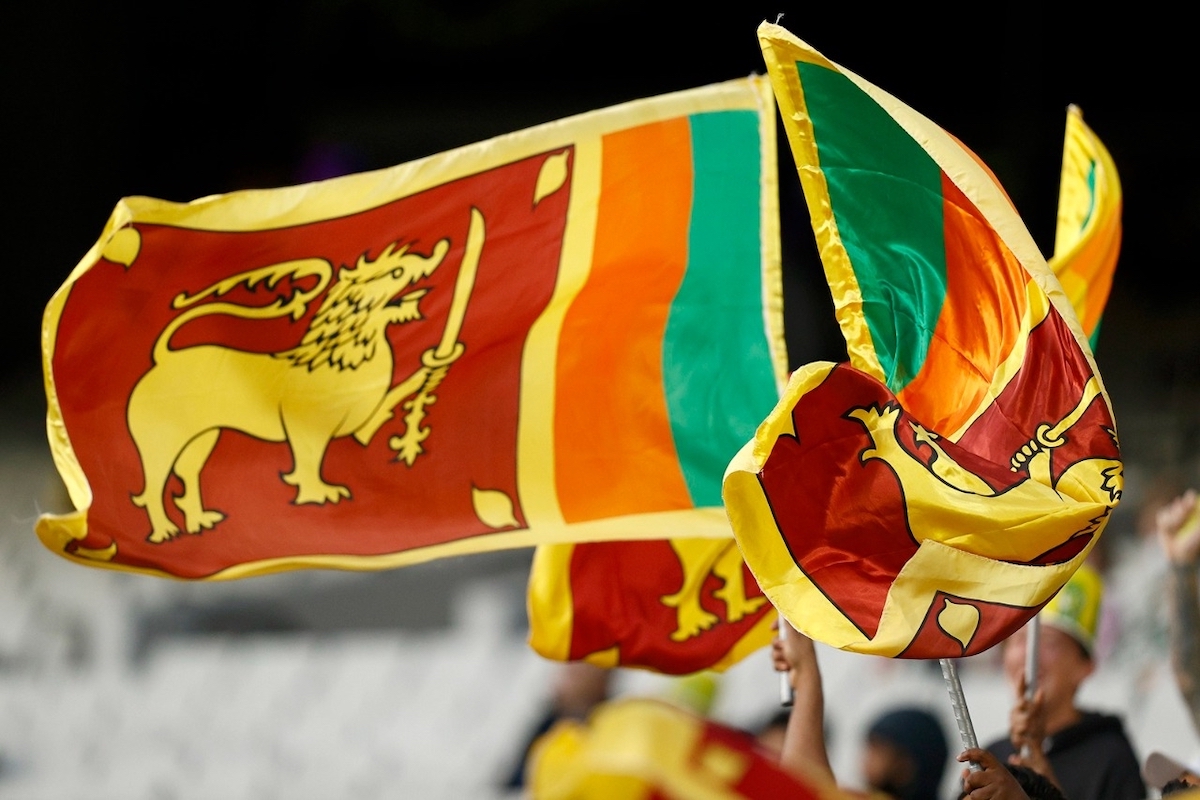Handloom fashion show at Bharat Tex 2025 attracts buyers from Europe, Australia
The event was organised at the amphitheatre in Bharat Mandapam as part of the Bharat Tex 2025 exhibition being held here from February 14-16.
Sri Lanka has in recent times served as an illustration (and warning) of what can happen to a nation which goes overboard in pursuit of normative ideals while depending heavily on foreign debt to finance its development projects.

(Picture Credits - IANS)
Sri Lanka has in recent times served as an illustration (and warning) of what can happen to a nation which goes overboard in pursuit of normative ideals while depending heavily on foreign debt to finance its development projects. Attempting to make the entire agricultural sector organic overnight and following populist policies such as a massive slash in taxes are glaring examples of the former. The Chinese debt trap sprung for Colombo, as it were, symbolises the latter.
Against this backdrop, New Delhi’s sensible out-reach to what was once known as the Emerald Isle in an attempt to reset the future trajectory of Sri Lanka- India ties has been encouraging. Given the hoary modern history – replete with accusations of Lankan leaders of India behaving like an Orwellian Big Brother – between the Indian Ocean neighbours, it is important to underline how the nature of the current reset being attempted is different from past efforts. It is not as if the Narendra Modi regime is the first to extend a helping hand to India’s southern neighbour. When the left-wing Janatha Vimukthi Peramuna (JVP) insurgency was raging in Sri Lanka in the early 1970s, then Prime Minister Indira Gandhi helped her Sri Lankan counterpart Sirimavo Bandaranaike take down the insurrectionists. In 1987, Rajiv Gandhi as Indian PM ordered the mobilisation of the Indian Air Force to air-drop food and medical supplies for the besieged residents of the Jaffna peninsula in the run-up to ordering the Indian Army in the form of a peace-keeping force to prevent the Liberation Tigers of Tamil Eelam and the Sri Lankan Army from breaching the peace in an eventually futile attempt to end the civil war in that country. Prime Minister Manmohan Singh’s administration was among the first to send food, medicines, clothes and temporary accommodation to Sri Lanka after the devastation caused by the tsunami in December 2004.
Advertisement
New Delhi has today once again come to Sri Lanka’s aid with credit worth approximately $4 billion, including food, fuel, and medical supplies. But, as a commentator points out in a recent article in a contemporary, the aid being provided by India is being seen as not just a humanitarian gesture such as the helping hand in 2004 was, or as the overbearing intervention of the 1980s and 1970s. The ongoing out- reach has been appreciated by the Lankan political leadership across party lines as a structural shift in the terms of engagement between the two nations. It has also been widely welcomed by a cross-section of the Sri Lankan people. Crucially, it is not being seen as a one-off, which is exactly what Indian diplomats have been at pains to emphasise to their Sri Lankan interlocutors. The idea on the Indian side is that this initiative should be the starting point for a reset in the bilateral relationship which has seen more downs than ups in recent years, especially as China expand- ed its footprint in the Indian Ocean region. Colombo seems both willing and able to play ball as millions of Sri Lankans struggle to survive. It is now time for both sides to stay the course.
Advertisement
Advertisement